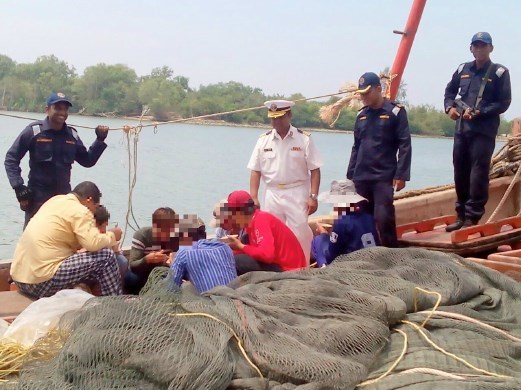Not as sexy or lethal as UUVs but more advanced militarization on the way.
I don't want to bold the text but it won't allow me to unbold, will be reporting this as a potential forum software issue.
Politics|Mon Apr 18, 2016 8:21am EDT
U.S. to give Philippines eye in sky to track South China Sea activity
The United States will transfer an observation blimp to the Philippines to help it track maritime activity and guard its borders amid rising tensions in the South China Sea, a U.S. diplomat said on Monday.
Philip Goldberg, U.S. ambassador to the Philippines, said Washington would give Manila, its oldest Asia-Pacific security ally, $42 million worth of sensors, radar and communications equipment.
"We will add to its capability to put sensors on ships and put an aerostat blimp in the air to see into the maritime space," Goldberg said in an interview with CNN Philippines,
The blimp is a balloon-borne radar to collect information and detect movements in the South China Sea, a Philippine military official said.
China claims almost the entire South China Sea, believed to have huge deposits of oil and gas. Brunei, Malaysia, the Philippines, Taiwan and Vietnam also have claims to parts of the waters, through which about $5 trillion in trade is shipped every year.
U.S. Defense Secretary Ash Carter visited the Philippines last week to reaffirm Washington's "ironclad" commitment to defend Manila under a 1951 security treaty.
China has been expanding its presence on its seven artificial islands in the Spratly archipelago and on Monday landed a military plane for the first time on one of them, Fiery Cross Reef.
It comes ahead of a planned U.S. freedom of navigation patrol this month near the Spratlys.
Carter's visit also signals the start of U.S. military deployment in the Philippines, with 75 soldiers to be rotated in and out of an air base north of Manila.
Goldberg said the two allies had agreed to set up a system for "secure and classified communications" as part of a five-year, $425 million security initiative by Washington in Southeast Asia.
Manila will receive some $120 million in U.S. military aid this year, the largest sum since 2000 when the American military returned to the Philippines for training and exercises after an eight-year hiatus.
They signed a new deal in 2013 allowing increased U.S. military presence on a rotational basis and storage of supplies and equipment for maritime security and humanitarian missions.
(Reporting By Manuel Mogato; Editing by Martin Petty and Nick Macfie)
I don't want to bold the text but it won't allow me to unbold, will be reporting this as a potential forum software issue.











